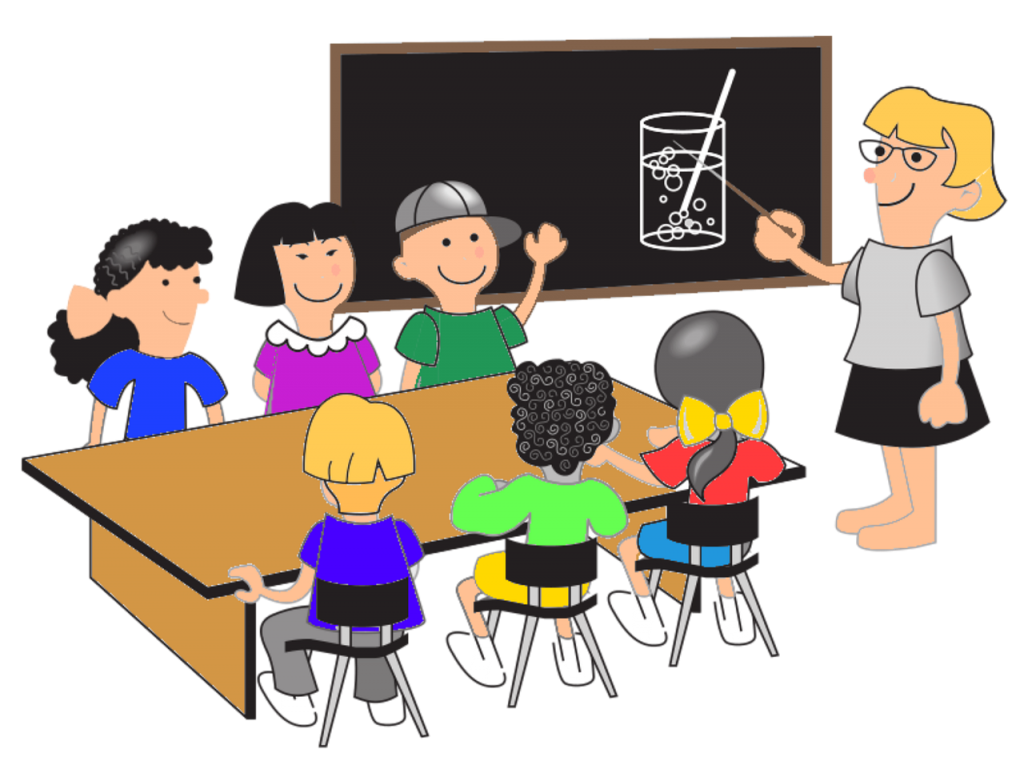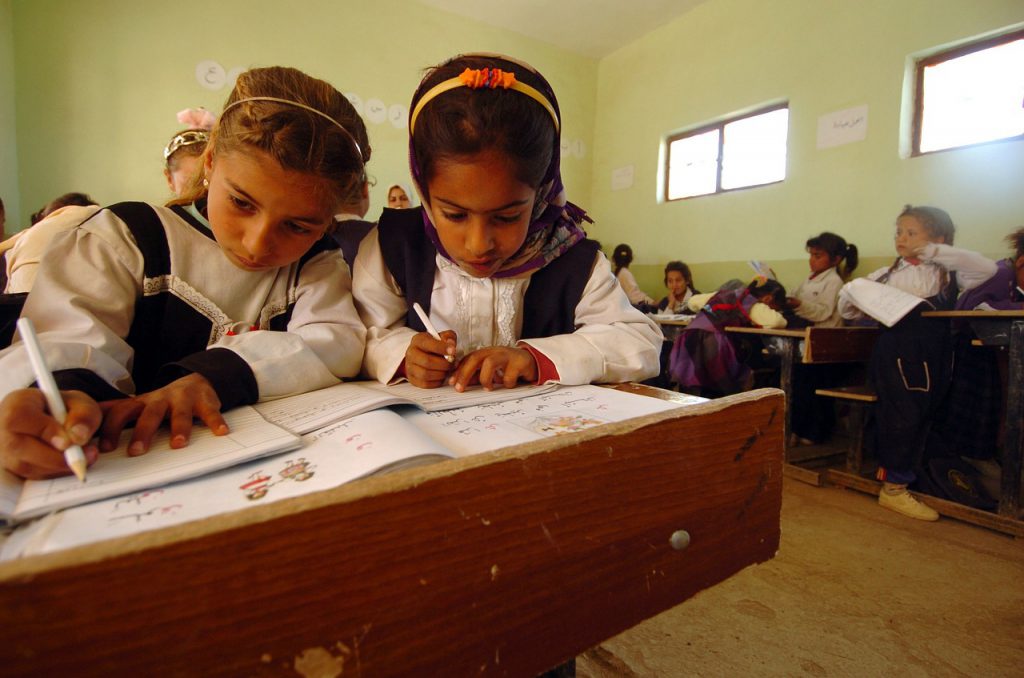A perfect learning process must be the one that makes learning easy & interactive for the student. There are basically two main types of learning approaches- Teacher-Centered Learning Approach vs Student-Centered Learning Approach.
Let’s start our discussion with Teacher-centered Approach
What is a Teacher-Centered Approach to learning?
As the name suggests the Teachers are the central part of the Teacher-centered Approach of learning and have full control of the classroom. The students have to keep their main focus on the teacher who teaches them on the blackboard or sometimes does dictations of the chapters which can be written down by the students as notes in their textbook.

The collaboration among students is discouraged in this approach and the student has to work alone during activities and also has to learn independently. The student learning is evaluated on the basis of how much they score in tests.
What do you Mean by the Student-Centered Learning Approach?
In this approach of learning the whole learning is centered around students. It consists of imparting students with valuable skills and knowledge that will make them independent problem-solvers. This type of learning demands the students to be active learners and are in full control of their learning at their own pace.

The students have the power to choose what they will learn and how they will learn it by using various types of available resources.
Let’s discuss some of the most common learning approaches
1. Direct Instruction:
This is the most basic form of traditional teaching strategy in which the teacher teaches the entire classroom and provides knowledge by giving lectures, dictations, and giving a demonstration to students so that they can learn by observing and collecting notes for future reference. This type of method does not require any type of technology use and is a pretty basic mode of teaching.
2. Flipped Classrooms
In this type of teaching, teachers record their own lecture or use Pre-made educational videos from online sources and provide these pre-recorded lectures to students to view at home and the student will complete the assignment based on the video in school under the guidance of the teacher if needed. In this blended learning approach, the class time is used for doubt-solving and a better understanding of the concept. This method is very good for slow learners as the students watch the pre-recorded lectures at home (outside the class) so he/she can learn and understand the concept at their own pace. Since the teacher chooses the topic and provides the study material thus it comes under a teacher-centered approach.
3. Inquiry-Based Learning
It is a form of active learning which is based on students’ investigation and research on the topic. The teacher makes sure that the students refer to good research material to solve their queries and provide guidance to students throughout their learning process.

In this method of learning the students are actively engaged in activities that will help them in getting the answers or they work collaboratively in search of answers. The students get a better understanding of the topic and they are able to share their own ideas and queries about the topic.
4. Personalized Learning
This is a student-centered learning approach that caters to the learning needs and requirements of each individual student. The first step of personalized learning is to determine the learning needs, interests, and pace of learning of each student and then on the basis of it provide a customized learning experience for them.
Each student gets a customized learning plan which is based on each student’s skills and interests and strengths. Every student has a different pace of learning some are slow learners while some are fast learners. In traditional teaching methods of learning, slow learners suffer as they find it difficult to keep up with the same level of learning as everyone else in the class due to some kind of doubt in the topic. With the help of personalized learning, the struggling student will get the necessary attention which he/she needs and the equality of learning to all the students is maintained properly in the classroom.
5. Game-Based Learning
It is a very exciting method of learning which involves games as a learning tool. The game becomes an integral part of the learning process and is designed in such a way to teach the student skill or a specific learning outcome while maintaining the interactive fun learning environment.

The GBL (game-based learning provides a more active learning environment for students and cultivates problem-solving skills in them.
Conclusion
Thus, we have learned about various types of learning. It totally depends on the mutual understanding between the teacher and student to choose the best possible learning method because the end goal is to impart education which can be better understood by the student using any of the learning approaches.
 6462
6462

